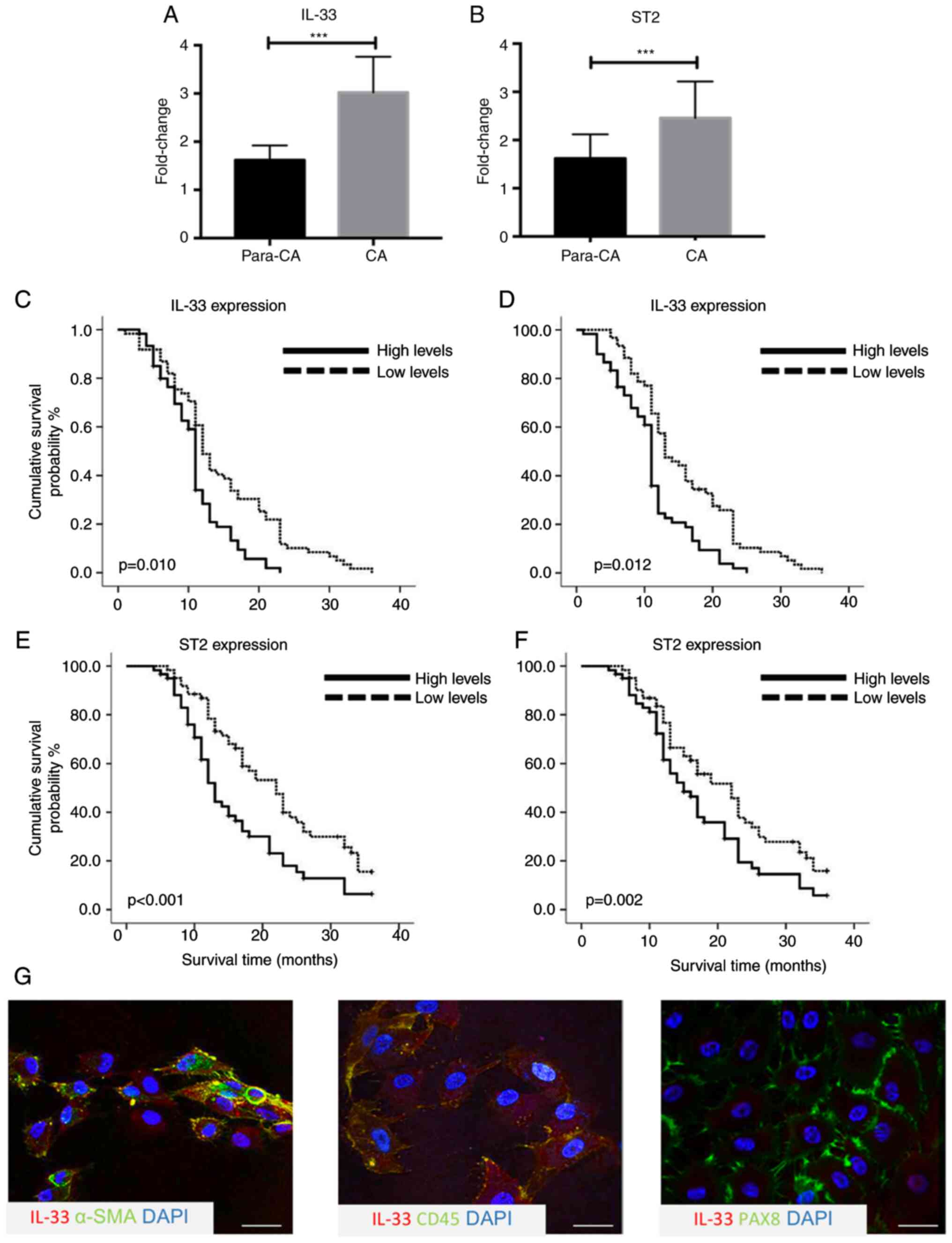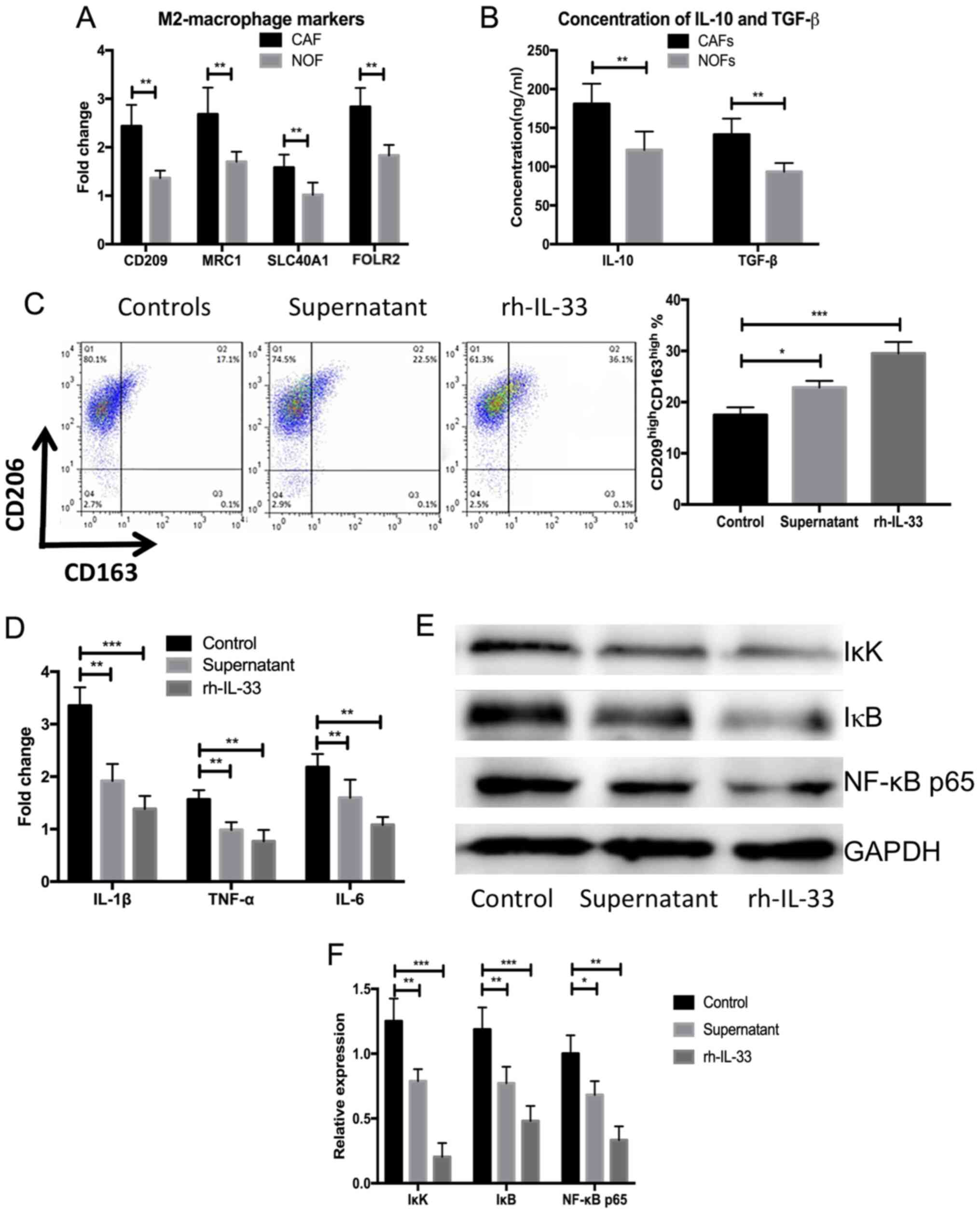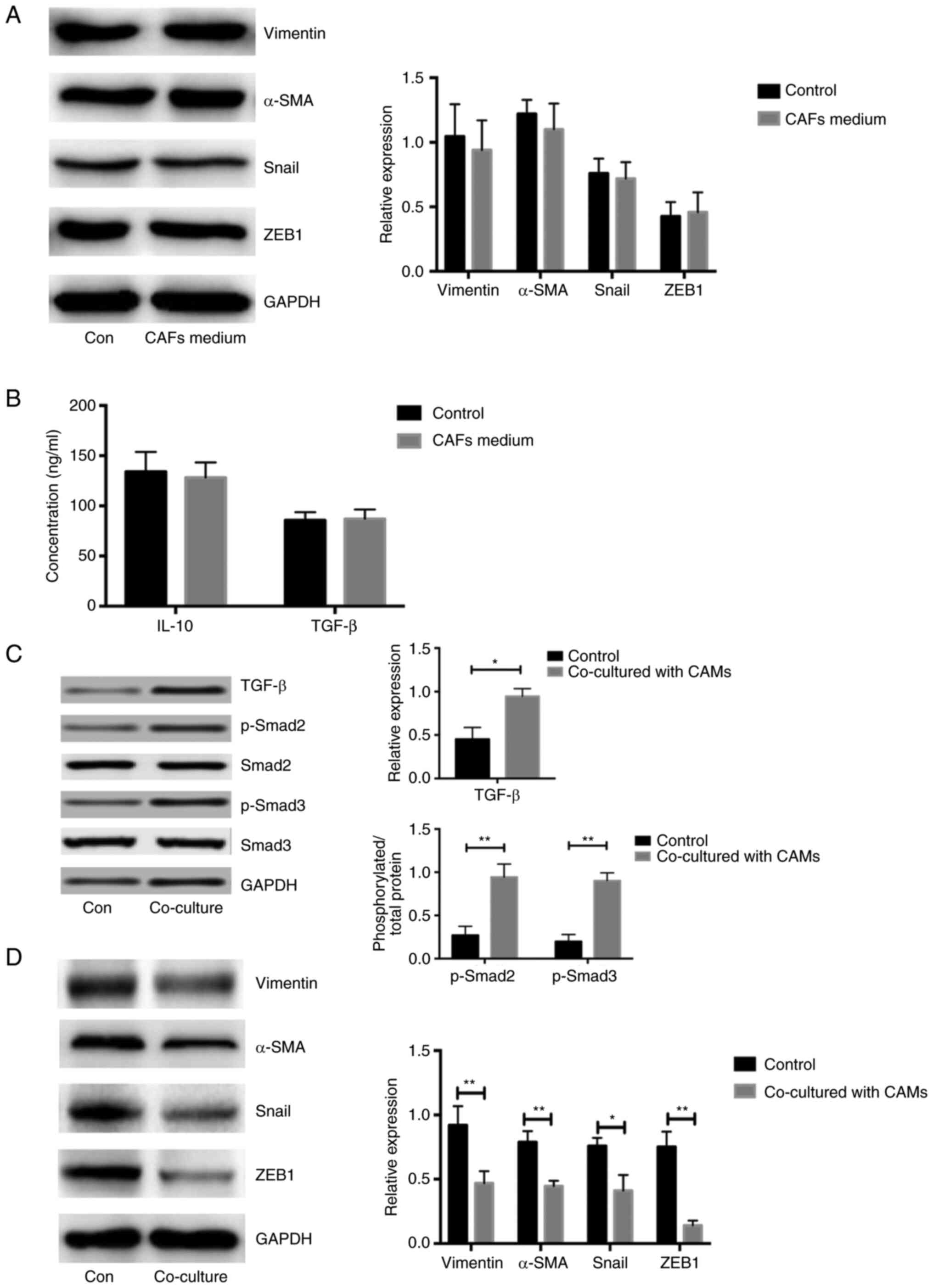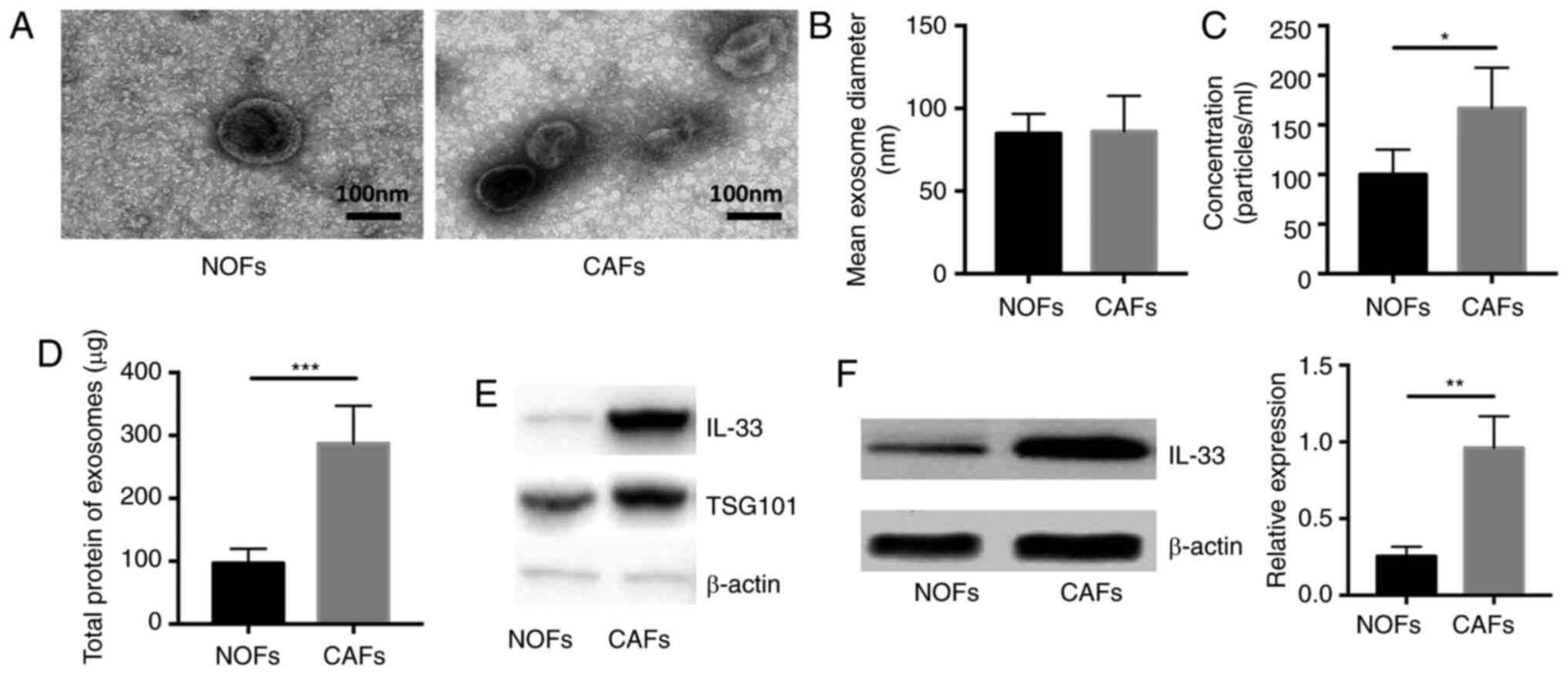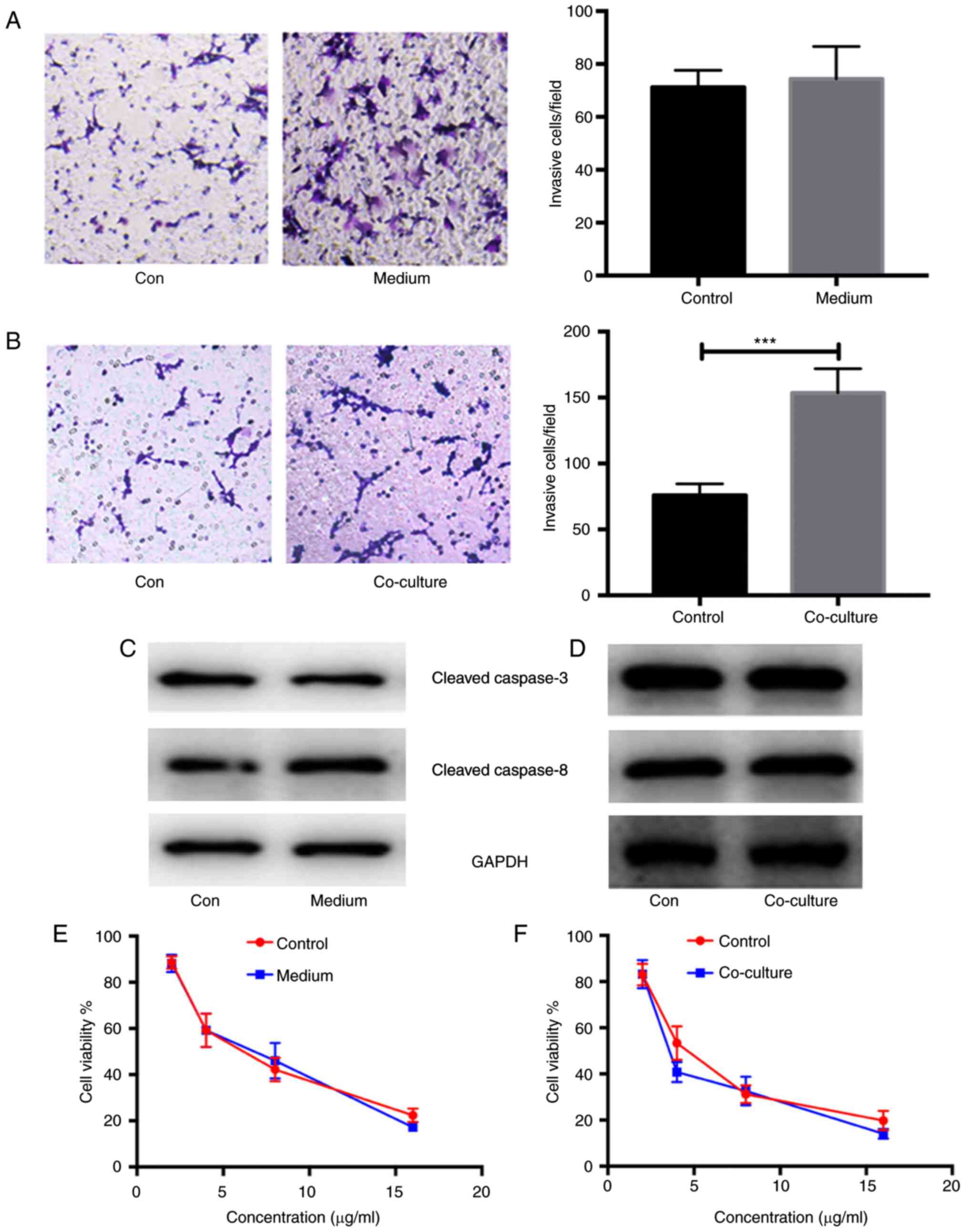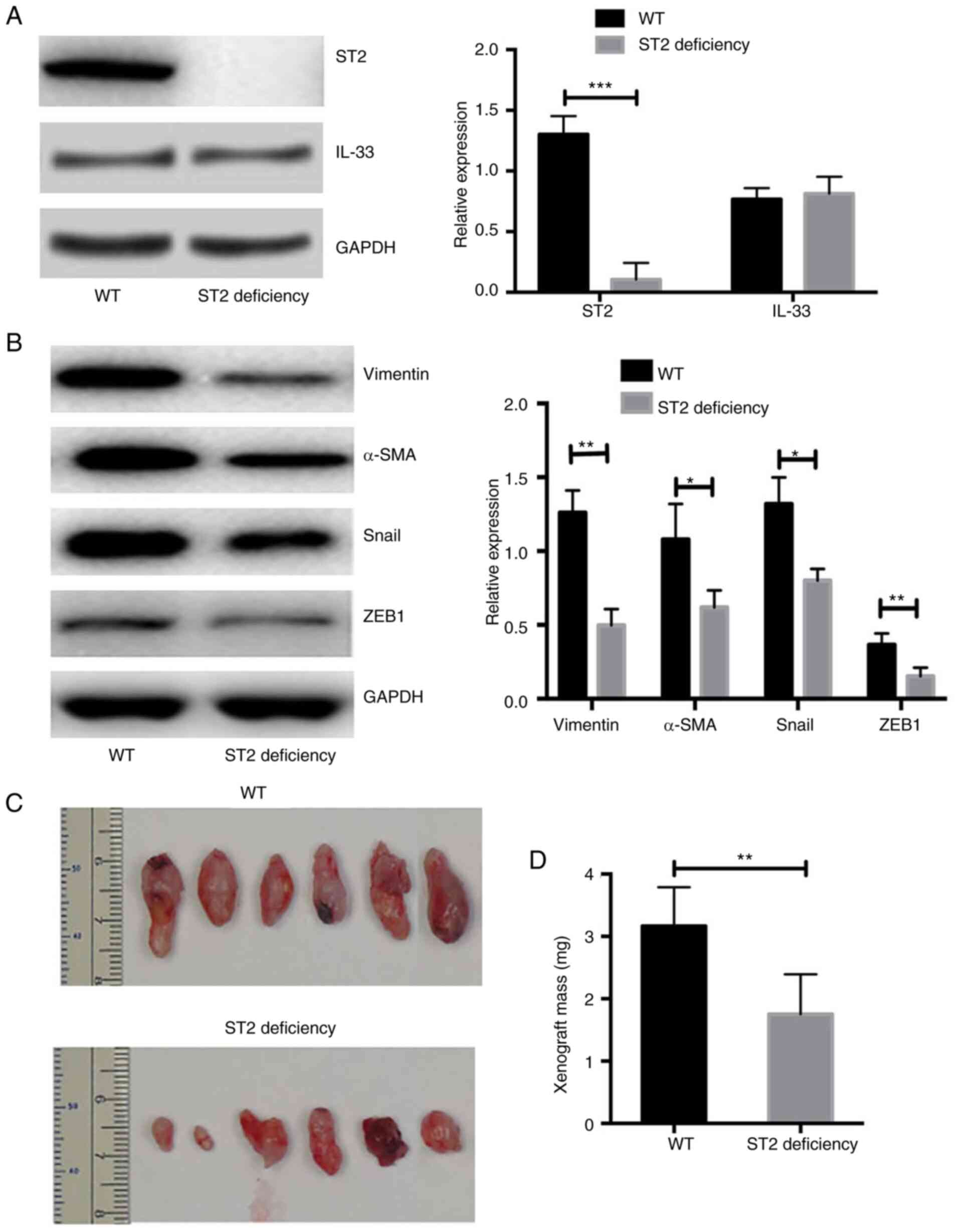|
1
|
Machida H, Matsuo K, Yamagami W, Ebina Y,
Kobayashi Y, Tabata T, Kanauchi M, Nagase S, Enomoto T and Mikami
M: Trends and characteristics of epithelial ovarian cancer in Japan
between 2002 and 2015: A JSGO-JSOG joint study. Gynecol Oncol.
153:589–596. 2019. View Article : Google Scholar : PubMed/NCBI
|
|
2
|
Rose PG, Java JJ, Salani R, Geller MA,
Secord AA, Tewari KS, Bender DP, Mutch DG, Friedlander ML, Van Le
L, et al: Nomogram for predicting individual survival after
recurrence of advanced-stage, high-grade ovarian carcinoma. Obstet
Gynecol. 133:245–254. 2019. View Article : Google Scholar : PubMed/NCBI
|
|
3
|
Zhang J, Silva EG, Sood AK, et al: Ovarian
epithelial carcinogenesis[M]//gynecologic and obstetric pathology,
Volume 2. Springer; Singapore: pp. 121–139. 2019
|
|
4
|
Hwang JY, Lim WY, Tan CS, Lim SL, Chia J,
Chow KY and Chay WY: Ovarian cancer incidence in the multi-ethnic
asian city-state of Singapore 1968–2012. Asian Pac J Cancer Prev.
20:3563–3569. 2019. View Article : Google Scholar : PubMed/NCBI
|
|
5
|
Sahai E, Astsaturov I, Cukierman E,
DeNardo DG, Egeblad M, Evans RM, Fearon D, Greten FR, Hingorani SR,
Hunter T, et al: A framework for advancing our understanding of
cancer-associated fibroblasts. Nat Rev Cancer. 20:174–186. 2020.
View Article : Google Scholar : PubMed/NCBI
|
|
6
|
Tsang M, Quesnel K, Vincent K,
Hutchenreuther J, Postovit LM and Leask A: Insights into fibroblast
plasticity: Cellular communication network 2 is required for
activation of cancer-associated fibroblasts in a murine model of
melanoma. Am J Pathol. 190:206–221. 2020. View Article : Google Scholar : PubMed/NCBI
|
|
7
|
Ling J and Chiao PJ: Two birds with one
stone: Therapeutic targeting of IL-1β signaling pathways in
pancreatic ductal adenocarcinoma and the cancer-associated
fibroblasts. Cancer Discov. 9:173–175. 2019. View Article : Google Scholar : PubMed/NCBI
|
|
8
|
Neri S, Hashimoto H, Kii H, Watanabe H,
Masutomi K, Kuwata T, Date H, Tsuboi M, Goto K, Ochiai A and Ishii
G: Cancer cell invasion driven by extracellular matrix remodeling
is dependent on the properties of cancer-associated fibroblasts. J
Cancer Res Clin Oncol. 142:437–446. 2016. View Article : Google Scholar : PubMed/NCBI
|
|
9
|
Teng F, Tian WY, Wang YM, Zhang YF, Guo F,
Zhao J, Gao C and Xue FX: Cancer-associated fibroblasts promote the
progression of endometrial cancer via the SDF-1/CXCR4 axis. J
Hematol Oncol. 9:82016. View Article : Google Scholar : PubMed/NCBI
|
|
10
|
Ogawa K, Lin Q, Li L, Bai X, Chen X, Chen
H, Kong R, Wang Y, Zhu H, He F, et al: Prometastatic secretome
trafficking via exosomes initiates pancreatic cancer pulmonary
metastasis. Cancer Lett. 481:63–75. 2020. View Article : Google Scholar : PubMed/NCBI
|
|
11
|
Arai K, Ishimatsu H, Iwasaki T, Tsuchiya
C, Sonoda A and Ohata K: Membranous S100A10 involvement in the
tumor budding of colorectal cancer during oncogenesis: Report of
two cases with immunohistochemical analysis. World J Surg Oncol.
18:2892020. View Article : Google Scholar : PubMed/NCBI
|
|
12
|
Brunetto E, De Monte L, Balzano G, Camisa
B, Laino V, Riba M, Heltai S, Bianchi M, Bordignon C, Falconi M, et
al: The IL-1/IL-1 receptor axis and tumor cell released
inflammasome adaptor ASC are key regulators of TSLP secretion by
cancer associated fibroblasts in pancreatic cancer. J Immunother
Cancer. 7:452019. View Article : Google Scholar : PubMed/NCBI
|
|
13
|
Kobayashi H, Enomoto A, Woods SL, Burt AD,
Takahashi M and Worthley DL: Cancer-associated fibroblasts in
gastrointestinal cancer. Nat Rev Gastroenterol Hepatol. 16:282–295.
2019. View Article : Google Scholar : PubMed/NCBI
|
|
14
|
Qian L, Tang Z, Yin S, Mo F, Yang X, Hou
X, Liu A and Lu X: Fusion of dendritic cells and cancer-associated
fibroblasts for activation of anti-tumor cytotoxic T lymphocytes. J
Biomed Nanotechnol. 14:1826–1835. 2018. View Article : Google Scholar : PubMed/NCBI
|
|
15
|
Suklabaidya S, Dash P and Senapati S:
Pancreatic fibroblast exosomes regulate survival of cancer cells.
Oncogene. 36:3648–3649. 2017. View Article : Google Scholar : PubMed/NCBI
|
|
16
|
Kanada M, Bachmann MH and Contag CH:
Signaling by extracellular vesicles advances cancer hallmarks.
Trends Cancer. 2:84–94. 2016. View Article : Google Scholar : PubMed/NCBI
|
|
17
|
Yang F, Ning Z, Ma L, Liu W, Shao C, Shu Y
and Shen H: Exosomal miRNAs and miRNA dysregulation in
cancer-associated fibroblasts. Mol Cancer. 16:1482017. View Article : Google Scholar : PubMed/NCBI
|
|
18
|
Ringuette Goulet C, Bernard G, Tremblay S,
Chabaud S, Bolduc S and Pouliot F: Exosomes induce fibroblast
differentiation into Cancer-associated fibroblasts through TGF-β
signaling. Mol Cancer Res. 16:1196–1204. 2018. View Article : Google Scholar : PubMed/NCBI
|
|
19
|
Wang H, Wei H, Wang J, Li L, Chen A and Li
Z: MicroRNA-181d-5p-containing exosomes derived from CAFs promote
EMT by regulating CDX2/HOXA5 in breast cancer. Mol Ther Nucleic
Acids. 19:654–667. 2020. View Article : Google Scholar : PubMed/NCBI
|
|
20
|
Yeon JH, Jeong HE, Seo H, Cho S, Kim K, Na
D, Chung S, Park J, Choi N and Kang JY: Cancer-derived exosomes
trigger endothelial to mesenchymal transition followed by the
induction of cancer-associated fibroblasts. Acta Biomater.
76:146–153. 2018. View Article : Google Scholar : PubMed/NCBI
|
|
21
|
Qin X, Guo H, Wang X, Zhu X, Yan M, Wang
X, Xu Q, Shi J, Lu E, Chen W and Zhang J: Exosomal miR-196a derived
from cancer-associated fibroblasts confers cisplatin resistance in
head and neck cancer through targeting CDKN1B and ING5. Genome
Biol. 20:12–14. 2019. View Article : Google Scholar : PubMed/NCBI
|
|
22
|
Li K, Chen Y, Li A, Tan C and Liu X:
Exosomes play roles in sequential processes of tumor metastasis.
Int J Cancer. 144:1486–1495. 2019. View Article : Google Scholar : PubMed/NCBI
|
|
23
|
Liu T and Kong J: CAF-derived exosomes
remodel ECM by targeting lung fibroblasts via integrin α2β1 at the
pre-metastatic niche. J Extracellular Vesicles. 7:234–235.
2018.
|
|
24
|
Guo H, Ha C, Dong H, Yang Z, Ma Y and Ding
Y: Cancer-associated fibroblast-derived exosomal microRNA-98-5p
promotes cisplatin resistance in ovarian cancer by targeting
CDKN1A. Cancer Cell Int. 19:3472019. View Article : Google Scholar : PubMed/NCBI
|
|
25
|
Wu HJ, Hao M, Yeo SK and Guan JL: FAK
signaling in cancer-associated fibroblasts promotes breast cancer
cell migration and metastasis by exosomal miRNAs-mediated
intercellular communication. Oncogene. 39:2539–2549. 2020.
View Article : Google Scholar : PubMed/NCBI
|
|
26
|
Allaoui R, Bergenfelz C, Mohlin S,
Hagerling C, Salari K, Werb Z, Anderson RL, Ethier SP, Jirström K,
Påhlman S, et al: Cancer-associated fibroblast-secreted CXCL16
attracts monocytes to promote stroma activation in triple-negative
breast cancers. Nat Commun. 7:130502016. View Article : Google Scholar : PubMed/NCBI
|
|
27
|
Becht E, de Reyniès A, Giraldo NA, Pilati
C, Buttard B, Lacroix L, Selves J, Sautès-Fridman C, Laurent-Puig P
and Fridman WH: Immune and stromal classification of colorectal
cancer is associated with molecular subtypes and relevant for
precision immunotherapy. Clin Cancer Res. 22:4057–4066. 2016.
View Article : Google Scholar : PubMed/NCBI
|
|
28
|
Comito G, Giannoni E, Segura CP,
Barcellos-de-Souza P, Raspollini MR, Baroni G, Lanciotti M, Serni S
and Chiarugi P: Cancer-associated fibroblasts and M2-polarized
macrophages synergize during prostate carcinoma progression.
Oncogene. 33:2423–2431. 2014. View Article : Google Scholar : PubMed/NCBI
|
|
29
|
Liu X, Hansen DM, Timko NJ, Zhu Z, Ames A,
Qin C, Nicholl MB, Bai Q, Chen X, Wakefield MR, et al: Association
between interleukin-33 and ovarian cancer. Oncol Rep. 41:1045–1050.
2019.PubMed/NCBI
|
|
30
|
Tong X, Barbour M, Hou K, Gao C, Cao S,
Zheng J, Zhao Y, Mu R and Jiang HR: Interleukin-33 predicts poor
prognosis and promotes ovarian cancer cell growth and metastasis
through regulating ERK and JNK signaling pathways. Mol Oncol.
10:113–125. 2016. View Article : Google Scholar : PubMed/NCBI
|
|
31
|
Larsen KM, Minaya MK, Vaish V and Peña
MMO: The role of IL-33/ST2 pathway in tumorigenesis. Int J Mol Sci.
19:26762018. View Article : Google Scholar : PubMed/NCBI
|















